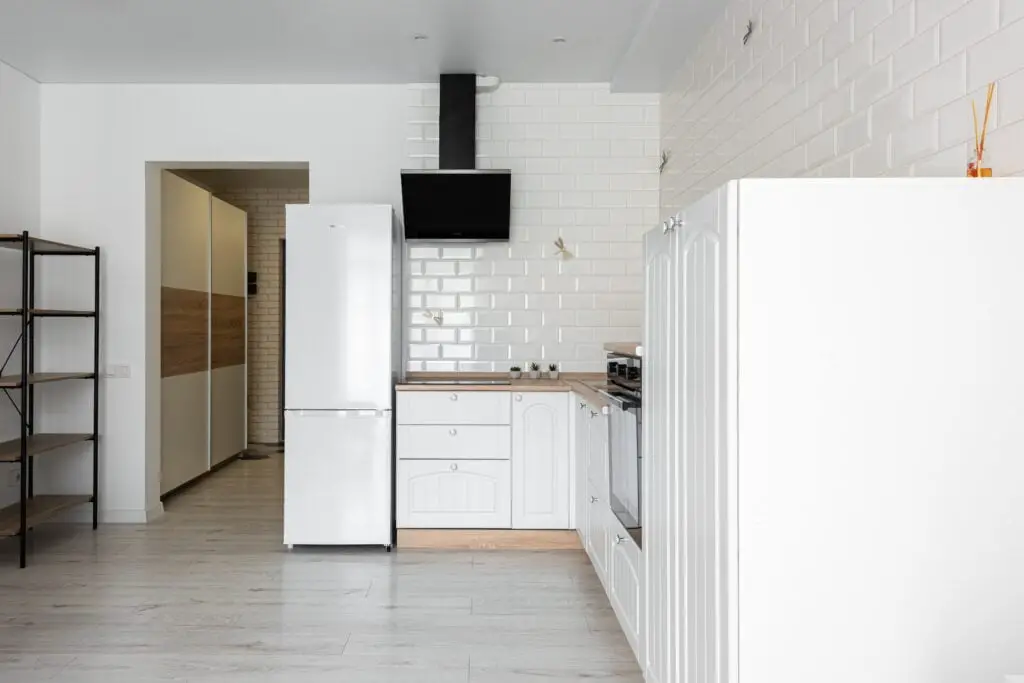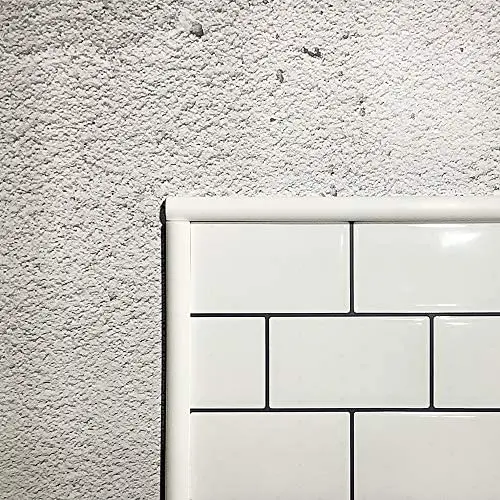Although floor tiles might be rather affordable, professional installation will significantly increase costs.
Tile flooring is stunning, long-lasting, stain-resistant, and almost maintenance-free. Before you buy, it’s useful to know the average cost to install tile so you can manage your renovation budget appropriately. Tile flooring is available in a large range of forms, sizes, colors, and textures.
Tiles range in price from $1 to $20 per square foot, depending on quality. In the $2 to $4 per square foot price range, homeowners typically choose glazed ceramic tile that is long-lasting. The hard surface glazing is widely accessible and is offered in an almost infinite palette of colors.
The average price to lay a tile floor is $7 to $14 per square foot, with professional installation adding an additional $5 to $10 per square foot, depending on the amount of prep work needed. For a 10×15-foot space, budget $1,050 to $2,100 to lay tile (150 square feet). The cost of the materials and the labor to install decorative trim pieces and intricate patterns might increase significantly.
Various more common varieties of floor tiles include:
- Ceramic tile called quarry is unglazed. Rich, earthy colors are achieved by adding pigments to the clay body of the tile before firing. $2 is the typical material-only price per square foot.
- Tile made of porcelain is very strong and resilient. It is a fantastic option for outdoor installations and is available with or without glazing. The average price per square foot is $2 to $4.
- Unglazed terra-cotta tiles are among the least lasting flooring options, although they do require periodic sealing to keep them stain-free. Per square foot, prices typically range from $1 to $3. Buy terra-cotta tile that is approved for use on floors only, please.
- Granite, slate, and marble are popular types of stone tiles because of their all-natural beauty. The majority of stone tiles need routine upkeep to avoid stains. Prices start at $2 per square foot.
The DIYer and Backer Board
DIYing it might be a tempting choice if you’d like to save money on installation fees. It’s not difficult to install floor tiles yourself, but it does take some specialized tools and careful preparation. The subfloor must be adequately prepared before beginning any tile work. Install cement backer board first to make a level, flat surface for the tile. Backer board is available in several thicknesses and as 3×5-foot sheets. Sand and cement are combined to create the boards, and fiberglass mesh is used for reinforcement. They won’t contract or expand in response to changes in humidity since they are sturdy, rot-resistant, and very stable. Each sheet of backing board costs roughly $10.

With the exception of carpets, clean, defect-free existing flooring surfaces can be covered directly with backer board. There is no need for backer board on concrete floors or ceramic tile floors that already exist; instead, you can lay the tile directly onto these surfaces.
The subfloor is secured with glue and screws and cement backer board. Backer board can be cut by scoring it with a utility knife multiple times, and then the board can be snapped by applying pressure behind the cut. As directed by the manufacturer, spread thin set mortar using a 1/4-inch notched trowel. Apply even hand pressure when placing a board onto the mortar bed. Then, fasten the board with electric drill-driver-driven backer board screws. Use specialized cement board self-adhesive mesh tape to seal the seams and space adjacent sheets apart by about 1/4 inch. Thinset should be applied over the tape to complete the joints.
We hope this article helped you understand the average cost to install tile floors. Depending on several factors, you may be on the low or higher end of the range.
To know other construction guides, tips, and methodology for beginners, veterans, and contractors, please see here.
To know the flood prone areas in the Philippines, Top 10 Flood-Prone Areas to Live in the Philippines.
To know more about Concrete Hollow Blocks, Simple Reasons Why Hollow Blocks are Highly Used in the Philippines
To know more about Hammers and Nails, Tips for Guaranteed Best Technique for Hammering Nails
To know more about Tees and Wyes, What is the Guaranteed Best to Use: Sanitary Tee Vs Wye

